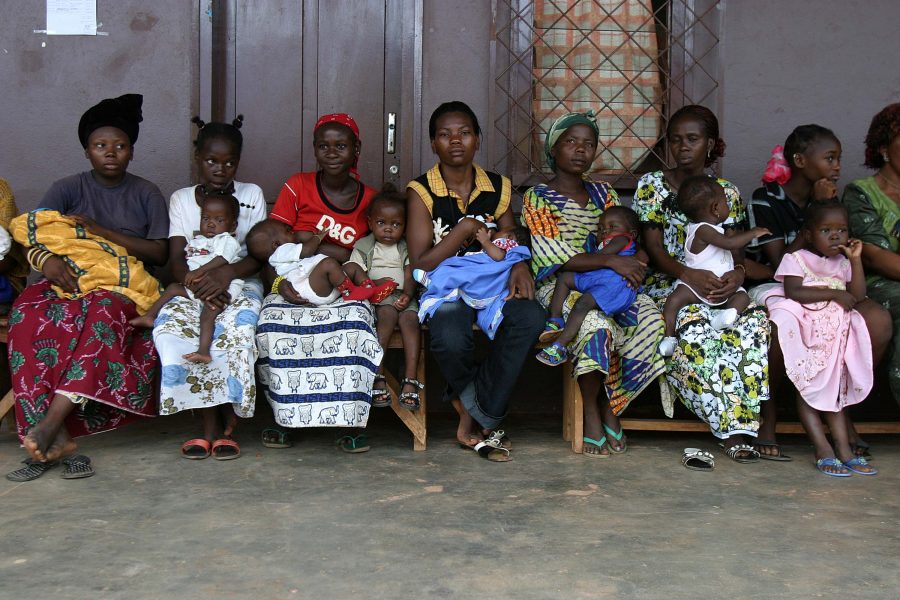
Dr Emeka Kanebi (Lead writer)
Global efforts to achieve the United Nations Sustainable Development Goals (SDGs) by 2030 continue. Goal 5, gender equality, is widely recognised as central to sustainable development. Target 5.6 calls for universal access to sexual and reproductive health (SRH), which supports the Universal Health Coverage (UHC) agenda.
Although access to SRH services is a fundamental human right, women and girls, especially in lower income countries, including Nigeria, still have limited autonomy in accessing these services. This includes access to sexual health education, prevention and treatment of sexually transmitted infections (STIs), and contraception.
This leaves women facing higher risks of STIs and gender-based violence, outcomes that undermine national development.
The World Economic Forum’s Global Gender Gap Report annually benchmarks gender parity across four subindexes: Economic Participation and Opportunity; Educational Attainment; Health and Survival; and Political Empowerment. This suggests slow and uneven progress.
Multiple partners have proposed scalable and sustainable interventions to close gender gaps in Nigeria. For example, the Nigeria Gender Innovation Lab (NiGIL), a country-level initiative of the World Bank’s regional Africa Gender Innovation Lab, highlights five of such solutions: economic inclusion; innovative financing; land interventions; adolescent girls programming; and childcare services that have been rigorously tested, found effective, and could be adapted, piloted, and scaled to contexts across Nigeria.
However, Nigeria’s patriarchal social norms, cultural practices, and some religious interpretations often sustain male dominance and limit women’s decision-making about SRH. These social barriers impede the adoption of policies and programmes designed to close gender gaps in health and restrict women and girls’ access to desired SRH services.
A gendered problem demands a gendered response
At international, regional, and national levels, policy guidance has long called for men’s engagement in SRH.
The 1994 International Conference on Population and Development in Cairo, recommended engaging men as partners in reproductive health to improve maternal health outcomes. Similarly, the Strategy on Sexual Reproductive Health and Rights (SRHR) in the Southern African Development Community (SADC) Region emphasises the role of men and boys as partners in SRH. Nigeria’s 2021 National Policy on Population for Sustainable Development, also outlines the role of men in SRH outcomes and echoes enhancing male involvement in reproductive health programmes and care as part of its objectives.
Programmes that implement male involvement as a viable strategy to close the gender gap challenge in SRH have focused on men and adolescent boys as supporters of SRH outcomes of women and children. This framing unintentionally reinforces inequities by leaving women still with the primary burden of SRH responsibilities.
How can we transform male-involvement efforts into strategies that produce sustained, equitable gains in access to SRH for women and girls, and thereby support inclusive national development?
Recent shifts toward integrated programming, seeing men both as clients of SRH services and as advocates who can catalyse change in their local communities, should be amplified. The Global Sexual and Reproductive Health Service Package for Men and Adolescent Boys provides differentiated guidelines that SRH stakeholders can adapt to local contexts to increase uptake of SRH services in communities.
Preparing a generation of men ready to lead, share responsibility, and take greater ownership of SRH especially in contexts where systemic neglect and delays undermine women’s access to care will be transformative. These “reproductively accountable” men are aware and take ownership of their own SRH needs and actively promote the SRH needs of their partners.
Generalisations that all men oppose family planning and desire to have more children than their partners, or that men are insensitive to women’s concerns and rights , should be challenged are unhelpful and misrepresent the realities of many families.
For example, evidence from a systematic review aimed at determining the extent of male involvement in family planning decision making among sub-Saharan countries, showed that in Nigeria, 89% of men approved of their spouses using family planning.
In another study, when asked specifically whether they would support their wives to use family planning, out of 811 male respondents, 751 answered in the affirmative. It is therefore critical that debunking these myths should occur in tandem with creating enabling pathways for men to better promote women’s SRH and rights.
In a dynamic SRH landscape, inroads are being explored through research and development in family planning for example, pivoting to curating more options for male contraceptive methods such as a transdermal contraceptive gel.
Concepts such as the procreative consciousness and procreative responsibility of men,that is, men being aware of how their choices affect reproductive outcomes and recognising their shared duty in planning, decision-making, and care can be further investigated especially in the Nigerian context and intricately weaved into evidence-based approaches to male involvement in SRH.
SRH service providers, programme managers, policymakers, researchers, and advocates must continue to collaborate to generate evidence for more effective policies, design scalable interventions, and that can translate those interventions into policy and action to advance gender parity in SRH.
